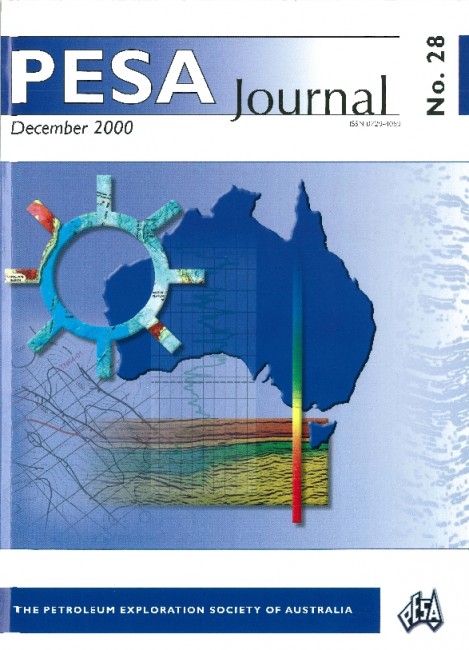Publication Name: PESA Journal No. 28
Authors: I. M. Longley, M. T. Bradshaw and J. Hebberger
Publication Volume: 28
Date Published: December 2000
Number of Pages: 23
Reference Type: Journal Article
Abstract:
The Australian hydrocarbon exploration effort dates backto the 19th Century, but it was not until well into the 20th
Century that the first commercial field was discovered
(Moonie - 1962). The cumulative result of only some 3400
exploration wells drilled in 40 different basins within
Australia has resulted in the discovery of an estimated 6.4
billion barrels of oil reserves, 2.1 billion barrels of
condensate reserves, 136 tril lion cubic feet of gas reserves
and 2.6 billion barrels of liquified petroleum gas (LPG)
reserves. The majority of these hydrocarbon reserves
(98%) are within the Gippsland Basin, the
Cooper/Eromanga Basin and the North West Shelf
(Carnarvon, Browse and Bonaparte Basins).
The Cooper/Eromanga and Gippsland Basins are mature
exploration provinces with modest future exploration
potential, but the massive discovered and undeveloped
reserves within the major gas fields along the North West
Shelf will be developed principally for liquified natural
gas (LNG) export in the 21st Century. The North West
Shelf still has significant potential for further major
discoveries as demonstrated by its undrilled identified
prospectivity and recent drilling success.
Other basins which offer the potential to develop into
significant petroleum provinces in the 21st Century
include the basins of the Great Australian Bight and the
Lord Howe Rise which have been largely overlooked
during the 20th Century, due to the then perceived
excessive water depths and relative ly isolated locations.
These areas offer some of the best potential for
undiscovered oil provinces and are the focus of current
and future gazettal round opportunities.


